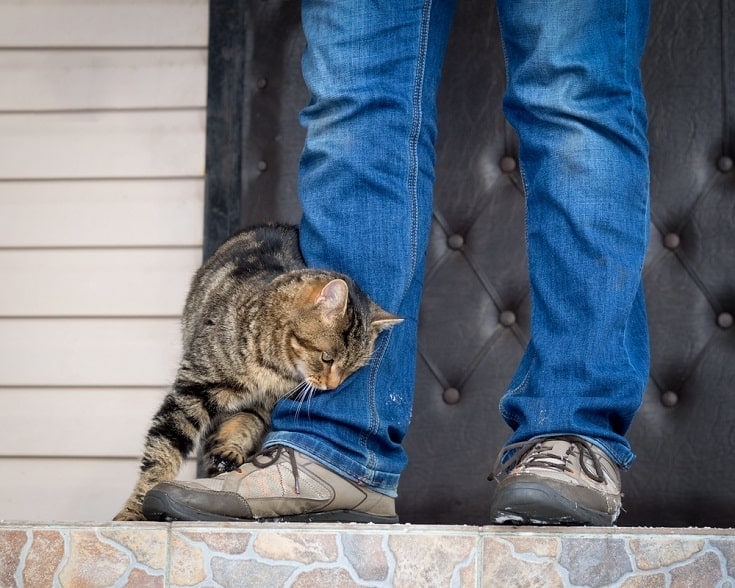
Click to Skip Ahead
Separation anxiety is common in dogs, but it can also be seen in domestic cats. It essentially describes when a cat is anxious about being left alone. It can occur when they’re separated from their owner or another pet that the cat has a strong bond with.
The 10 Signs of Separation Anxiety in Cats
While some cats may be perfectly happy left alone and to their own devices, others may show signs of separation anxiety. Read on to find out more and see what steps you can take to help alleviate the problem.
1. Excessive Noise
Whether they’re meowing, crying, or yowling, an anxious cat tends to be more vocal. This is especially pronounced if your feline friend is normally quiet. The noise may occur when you’re out, in which case, it is difficult to know if they’re doing it, but your cat may greet you loudly or make excessive noise when they believe that you’re getting ready to go out. In extreme cases, a cat can continue to feel separation anxiety when you’re home because they are expecting you to go out again.
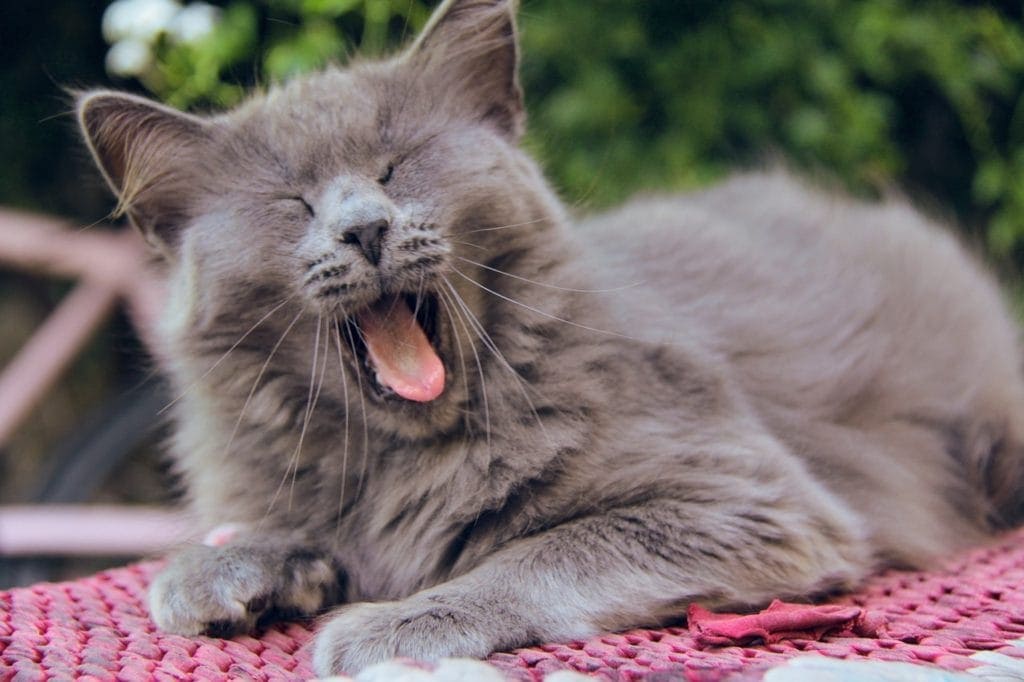
2. Change in Eating Habits
Most cats have a dining routine and a particular way they eat. Some are fast eaters; others take their time. It might be time to be concerned if your cat’s habits change. If they stop eating, especially when you’re out, or if they wolf their food down more than usual, it can be a sign of anxiety.
3. Excessive Grooming
One of the many reasons that cats groom themselves is to deal with anxiety and stress. While it’s common and indeed, healthy, for cats to groom frequently and for long periods, you should look for a change in this habit. Stressed cats may excessively groom, which can cause irritation to the skin and lead to an increase in furballs and other problems.
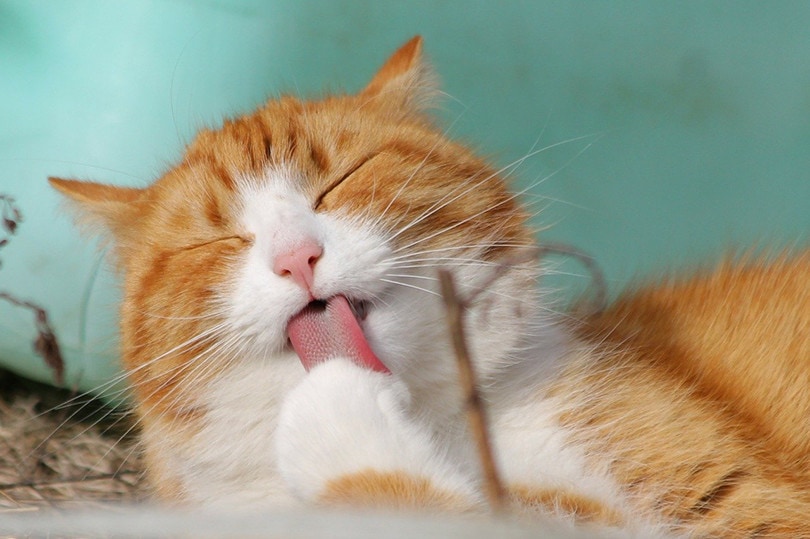
4. Not Using the Litter Tray
Cats are clean animals, and most learn to use a litter tray from a young age. If they are ill or there is some reason that they can’t use the litter tray, they may pee or poop outside the tray, but this would be considered occasional. If you get home from being out and your cat has urinated outside the litter tray, this is called inappropriate elimination and could be a sign that they were anxious about your absence.
5. Destructive Behavior
Another behavioral problem often associated with separation anxiety is destructive behavior. This means scratching and chewing on items like furniture and even walls. This most commonly occurs while you’re out of the house, but it might become a more permanent problem even when you’re at home.
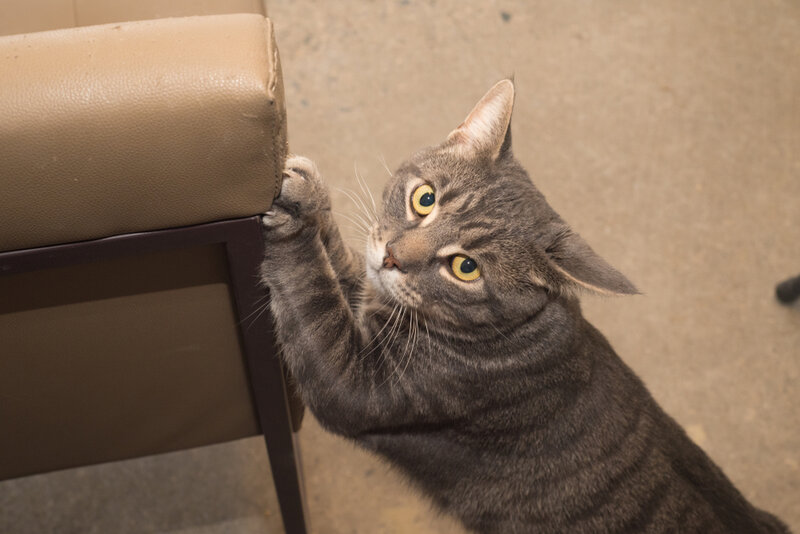
6. Pre-departure Anxiety
Cats are incredibly instinctive and learn patterns of behavior. For example, your cat might recognize that you get up in the morning, feed them, and then head out to work for the day. Look for signs of anxious behavior occurring just before you leave. The actions can vary greatly, from excessive meowing to inappropriate elimination, but if it does happen most often just before you leave the house, it is likely a sign of anxiety about being alone.
7. Over-Excitement When You Get Home
Conversely, your cat will know when you return home. It is normal for a cat to come and investigate when the door opens and somebody walks in. If you have a close bond with your cat, it is also normal for them to respond positively to your return. However, if they get overly excited, won’t leave you alone, and show other anxious signs, pay attention.
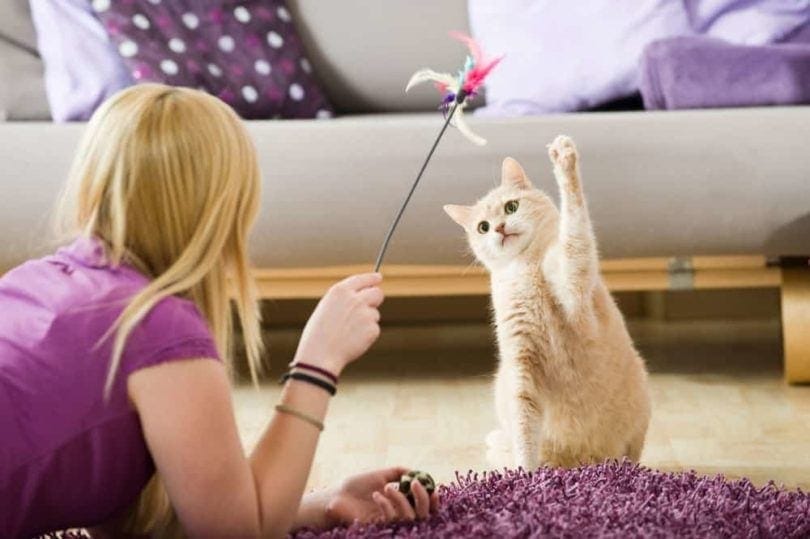
8. Clinginess
Separation anxiety can manifest itself in everyday life and doesn’t necessarily occur just before or after you leave the house. An anxious cat may become very clingy, refusing to leave your side. They believe that by sticking close, they will be able to tell when you’re leaving and try to stop you from going.
9. Vomiting
Anxiety and stress can lead to a host of physiological problems in cats, just as they can in people, and these may manifest themselves as vomiting and diarrhea. The problem is exacerbated by a cat’s tendency for excessive grooming in these circumstances.
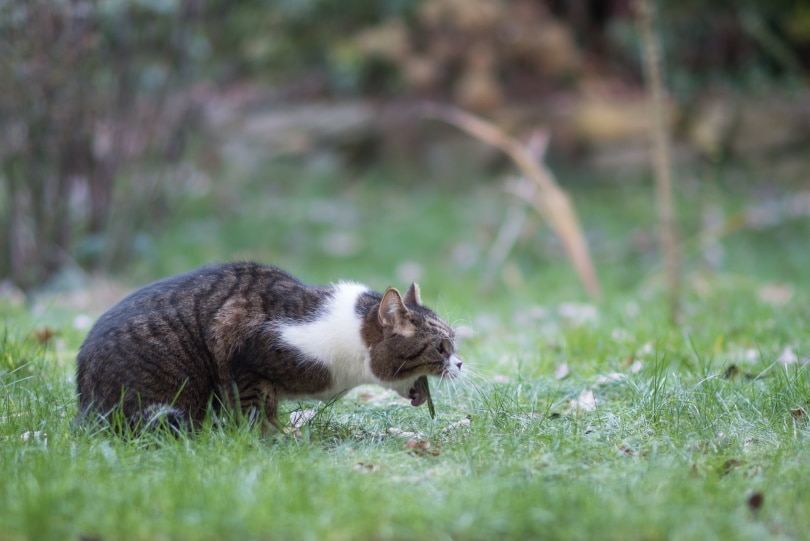
10. Trying to Get Out
Your cat sees you leave the house and becomes anxious because you’re not with them. An understandable potential reaction to this is to try to follow you or accompany you when you go out. Your cat might try to sneak out before you close the door or find another way to get out once you’ve left.
The 9 Things You Can Do to Combat Separation Anxiety in Cats
Recognizing separation anxiety in your cat is part of the battle. There are steps and actions that you can take to try to resolve the issue, giving you and your cat greater peace of mind. After all, you can’t take your cat to work or on the weekly shopping run, so you need to find a way to be able to leave the house without it leading to anxiety.
1. Don’t Make Leaving a Big Deal
When it’s time to leave, don’t make too much of a fuss over your cat, and try to head out casually, as though nothing is different. If you make a big fuss of the cat, it will reinforce the idea that they should be anxious about you leaving.
2. Desensitize Your Cat to Triggers
When most of us leave the house, we have a routine. This could be filling the cat’s food bowl, closing certain doors, and grabbing and rattling the car keys. Desensitize your cat to these triggers by doing them more often, including when you’re not going out. Carry your keys around for a few days, and fill the cat bowl an hour or two before you go out.
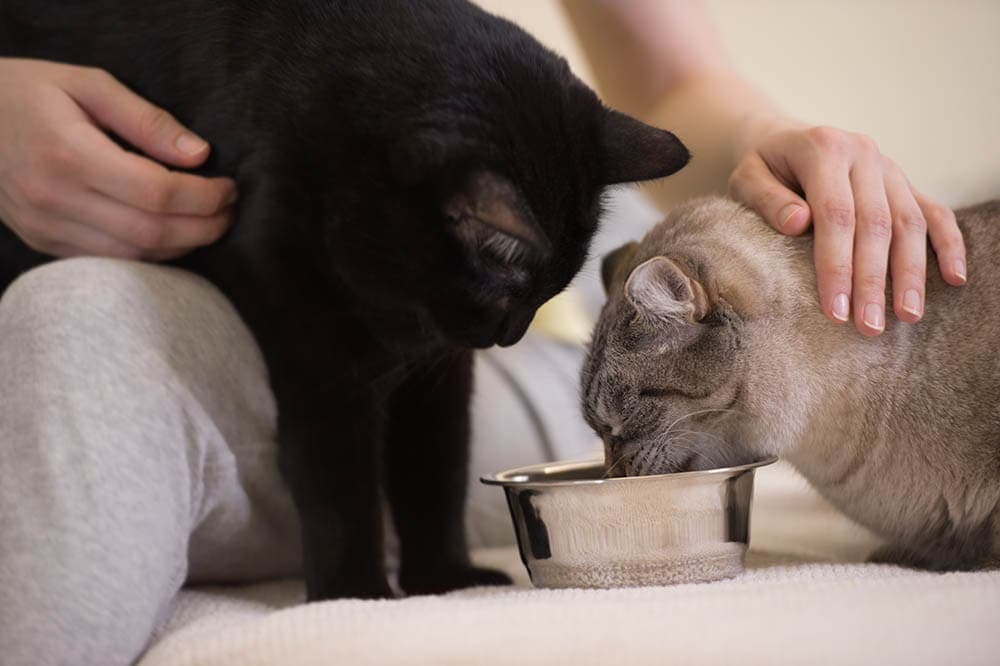
3. Practice Leaving and Returning
When you have some spare time, try leaving the house and coming straight back in. As your cat gets used to it, extend the amount of time that you’re out. Eventually, you will be able to leave them for as long as you need to without worry.
4. Provide Toys and Scratch Posts
A tired cat is less likely to be anxious and unlikely to act out on their anxiety when they do have it. Give them toys they love and scratch posts to vent their frustration.
5. Provide Mental Stimulation
Try to take your cat’s mind off their anxiety. Provide puzzle toys or treat toys that they can play with while you’re out. They will be so busy trying to get to the morsel of food in the puzzle ball that they hopefully won’t notice you’re gone.
6. Reward Positive Behavior
You should ignore behavior that you don’t want your cat to repeat, so if they meow before you leave or give you excessive attention when you return, ignore it. Reward those behaviors that you do want to repeat with appealing treats and love.
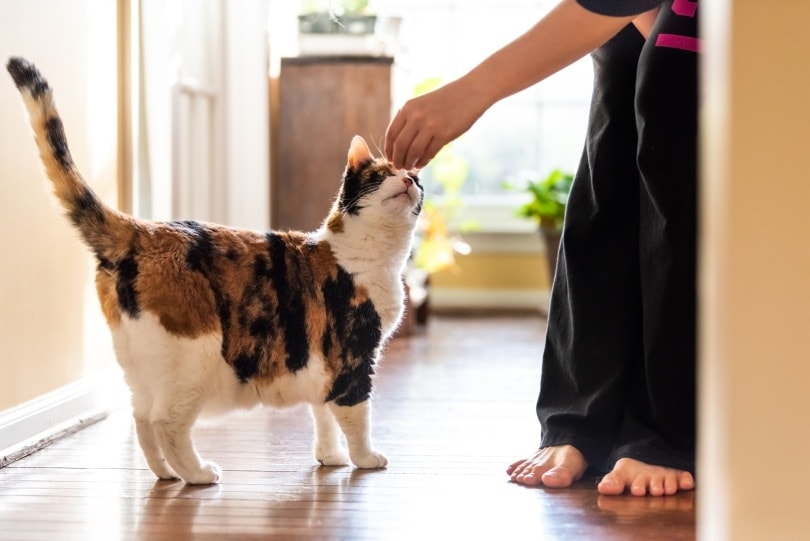
7. Leave Them Your Smell
You are your cat’s world, and when you go out, understandably, they miss you. Leave behind a sweater, cardigan, or blanket that has your smell on it. They may choose to curl up and sleep on this while you’re away.
8. Leave Some Noise
It may be that your cat doesn’t like being left alone at all. Some people have enjoyed success by leaving a TV or radio on when they’re out of the house. It doesn’t have to be loud and it doesn’t matter what’s on.
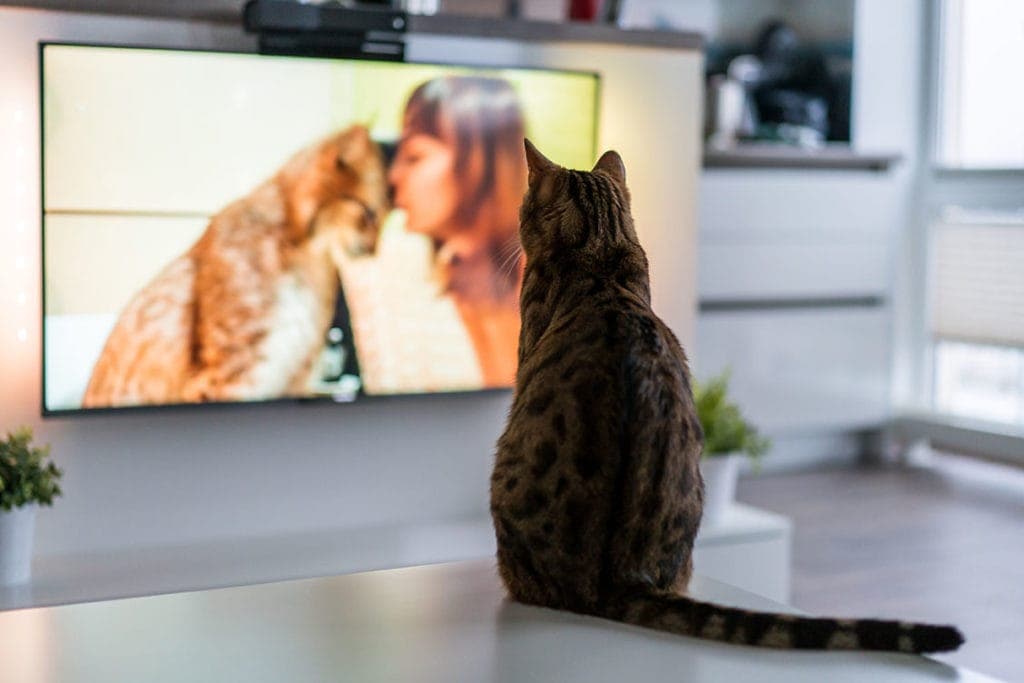
9. Try Pheromones
Stressed cats can be relaxed with the use of synthetic pheromones. Feliway is a well-known manufacturer that sells a range of different products that aim to calm anxious kitties, including pheromone diffusers.
Final Thoughts
Cats can form a very close emotional attachment to one or more people, to the extent that they suffer separation anxiety when they are not together. Signs of separation anxiety include unwanted behaviors like peeing outside the litter tray and scratching furniture. If you notice these signs from your cat, try solutions like leaving the TV on and desensitizing your cat to the whole experience.
You may also want to read:
- How to Get a Cat Out of a Tree (6 Proven Methods)
- Trazodone for Cats: Warnings, Doses & Potential Side Effects (Vet Answer)
Featured Image Credit: Irina Kozorog, Shutterstock






